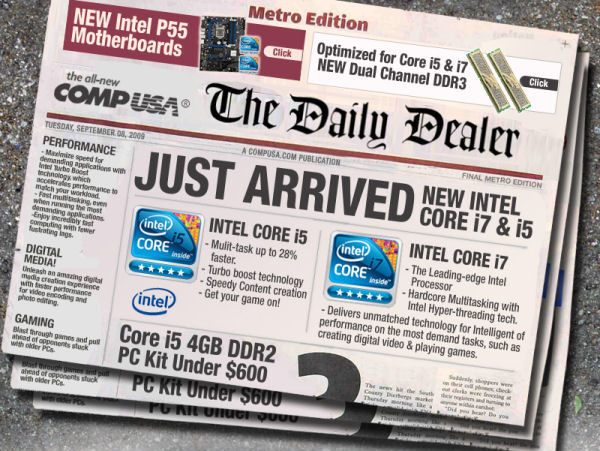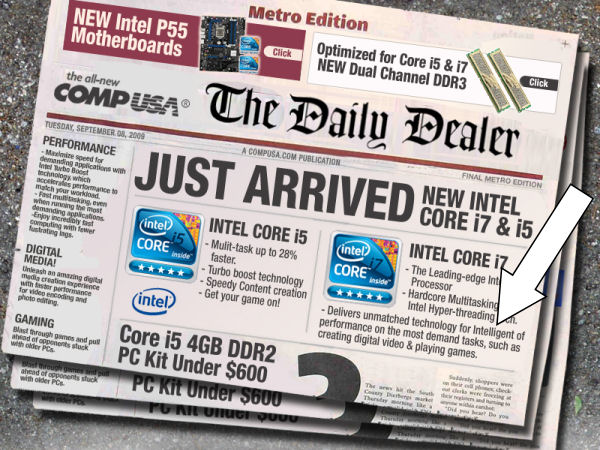Here’s a quick test for anyone who has sat in their cubicle and dreamed about starting their own business.
Read this short web page about a new technology: http://www.agilenano.com/technology.htm
What would you build with that technology? What are your product ideas?
My friend Scot Mortier, an assistant District Attorney suggested, “Interesting…so, applications from making cars safer to bomb-proofing buildings? Then, if one can find a way to allow the slow release of the energy absorbed, a battery-like energy source? Better running shoes if you can coordinate both absorption and release (to match your stride, let’s say)? And what about the applications for roadways? Both longer lasting (because the particles could eliminate freeze thaw expense) and the possibility that it could wind up being an energy source once the trigger to release it is found? Wow! Great possibilities! Medical applications for aging joints?”
And therein lies the challenge for the budding entrepreneur. There is no shortage of ideas out there, especially for game-changing technologies.
But even if your invention or idea is more pedestrian than something that could be as fundamentally revolutionary as AgileNano’s, you still face the same type of challenge: picking one market and pursuing it.
Almost every first time entrepreneur, and even many experienced entrepreneurs, attempts to develop multiple markets and multiple product and service offerings with their new business. Being entrepreneurs, they see nothing but possibilities, and with every possibility a “natural” market for their new idea, their new product or service.
Along the way they will chase dollars, meaning wherever a potential customer indicates they might be interested if only this or that change was made, then the entrepreneur will invest precious resources making this or that change in their product or service for the faint prospect of a sale. The end result of chasing dollars is inevitably failure. A young business has very few resources, and if you expend those resources chasing every possible sales opportunity, regardless of how tangential they are to your business plan and core strategy, you will never generate enough revenue to replenish your resources, much less make a profit.
The analogy is riding horses. If you’ve got a dozen horses that you need to move from your ranch across the prairie to town, you do not jump from one horse to another along the way. Trying to be all things to all people, all things to all potential markets, all things to all potential customers, is the same as trying to jump from one horse to another to another all the way to your goal. That will never work. You’ll inevitably fall off, and that will not be a good day.
Just as in moving horses, when you are starting a business you need to pick a horse and ride it. Pick a single opportunity space, a single market, a single set of characteristics that comprise an ideal customer. Pick that one, single, individual goal and pursue it relentlessly.
Pick a horse and ride it.
.





